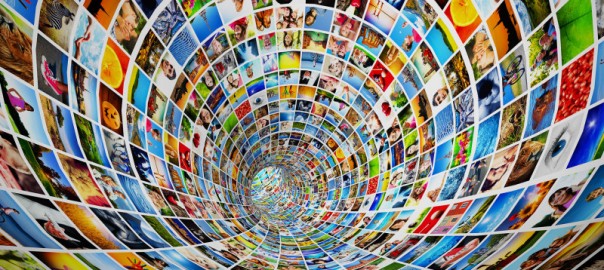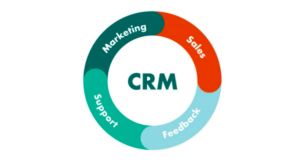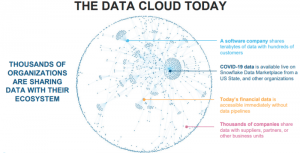What do Instagram, BuzzFeed & Yahoo all have in common? They’re part of the “stream revolution” flowing content and ads to readers.

Forget the web of things. Perhaps one of the biggest revolutions underway right now is the “web of streams” and how that’s transforming publishing and advertising.
To underscore that streams might be the next big thing, consider that Google’s new head of Google+ isn’t “Senior Vice President, Social” as was the case last year when Vic Gundotra was in the position. Instead, Bradley Horowitz was elevated to the before unheard of position of “Vice President, Photos & Streams.”
What’s A Stream?
What on earth is a “stream?” A stream is anything where there’s a constantly flowing parade of content that’s pushed at viewers. Some examples of streams include…
- Instagram, where you can flip through photos and videos from those you know.
- Twitter, where there’s a constant update of tweets.
- Facebook’s News Feed, where Facebook’s algorithms try to surface the best content from those you know and others sources.
Those are easy examples of streams. However, I think someone would describe Instagram, Facebook and Twitter as social media products, if asked to come up with a unifying name. Reconsidering them as stream products helps unite them with some other examples of the growth of streams.
Mobile Revolution? How About The Stream Revolution?
Consider Buzzfeed. In addition to its regular app, it recently launched a Cute Or Not app. Yes, both are apps. So yes, both could be classified in the mobile or app buckets. But both are also at their core stream-based products. They’re designed to flow a continual stream of information at their users.
For all the talk of mobile’s growth and a mobile revolution, perhaps the stream revolution is being overlooked. Mobile devices, with their small screens versus desktop, have been an ideal incubating ground for stream products to develop. Mobile design has meant making it easy to view a lot of things quickly; streams fill that need nicely.
The Home Page Is The Stream
As for desktop, while some argue the home page is dead due to the growth of social, perhaps the home page actually survives as the container for streams.
Consider Yahoo and its Yahoo Gemini ad product. Yahoo Gemini has two distribution outlets for ads — mobile search and native ads within the Yahoo network. Advertisers can use one set of creative to appear in both places, which seems crazy for anyone who has ever seen a search ad. Search ads are short and usually not deemed as very creative. But native ads is a wide-ranging term that can be attached to anything, including full page advertorials or product placement within TV shows.
Yahoo Gemini is perhaps better described as a centralized way to place ads into Yahoo’s search and stream products, with the streams being the native ad part. Those streams appear through Yahoo’s various properties, with one of the best examples being the Yahoo home page itself:
 Don’t think of the screenshot above as Yahoo’s home page. Think of it instead as a container for Yahoo’s various streams, as I’ve boxed. Within those streams, native ads reside — items that look like the other editorial parts of the stream but which are paid (and the arrow points to an example of one).
Don’t think of the screenshot above as Yahoo’s home page. Think of it instead as a container for Yahoo’s various streams, as I’ve boxed. Within those streams, native ads reside — items that look like the other editorial parts of the stream but which are paid (and the arrow points to an example of one).
Shifting To Streams
Just as some consider home pages to be dead, others wonder if web sites themselves are no longer necessary. NowThis even dumped distribution on its own web site last month (though Flipboard, it should be noted, did the opposite).
Personally, I think it’s a fairly stupid move for any publisher to abandon its own controlled web property to rely on the channels of others when they can easily do both. But I do think it’s smart to understand that so much of the web and internet is shifting to stream-based viewing and to consider how best to create or appear in the important streams for your audience.
Let me end this exploration of streams by coming back to Google. The company clearly gets the concept of streams as so important that it’s put an executive in charge of them, as opposed to social.
One interesting thing to watch is if Google perhaps extends this to some type of YouTubeGram — a way for people to browse and discover YouTube in a more stream-like way than the current YouTube app allows. That might allow YouTube to capture some of the views that Facebook Video seems to be tapping into, as it injects more and more video into its news feed stream.
(Some images used under license from Shutterstock.com.)
Marketing Land – Internet Marketing News, Strategies & Tips
(256)










